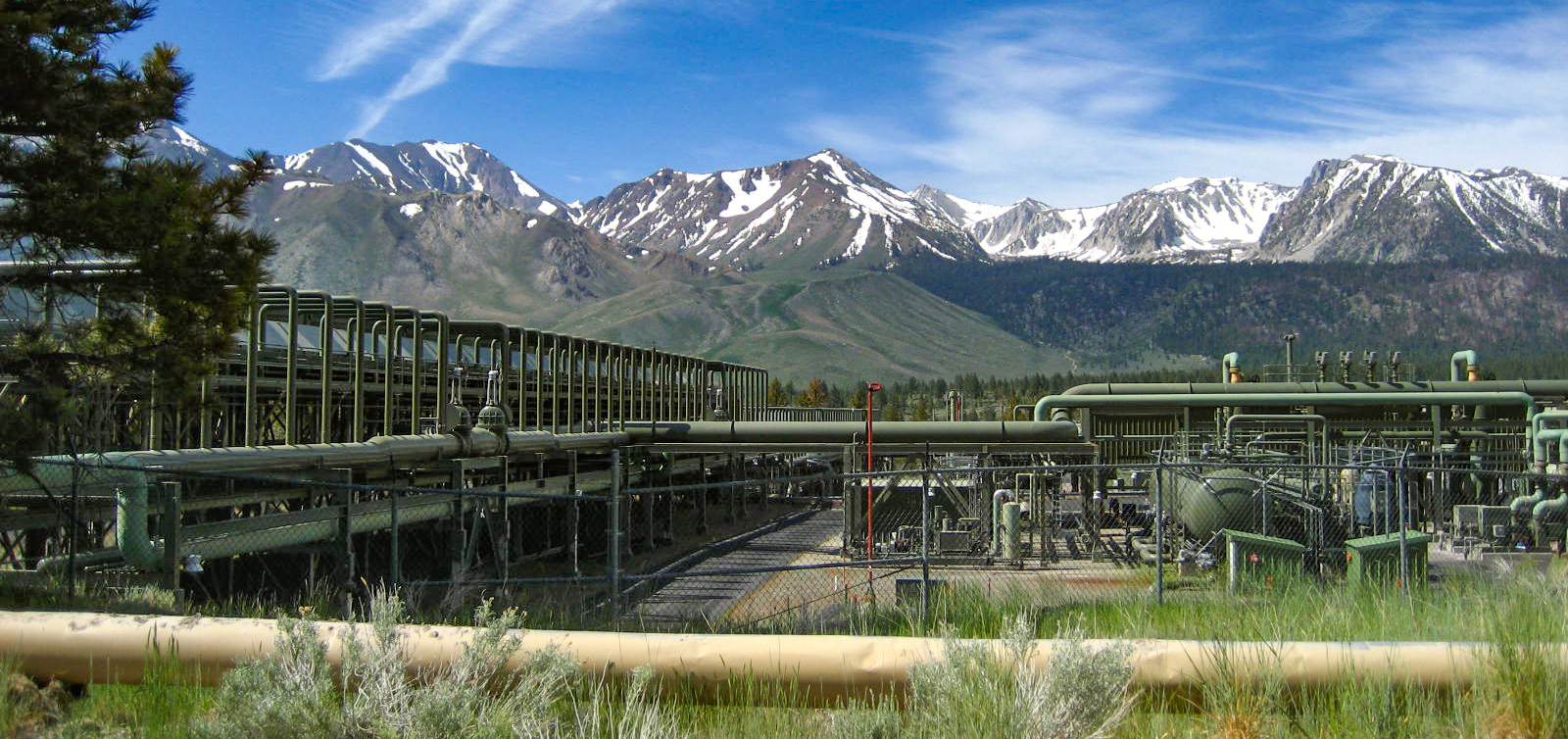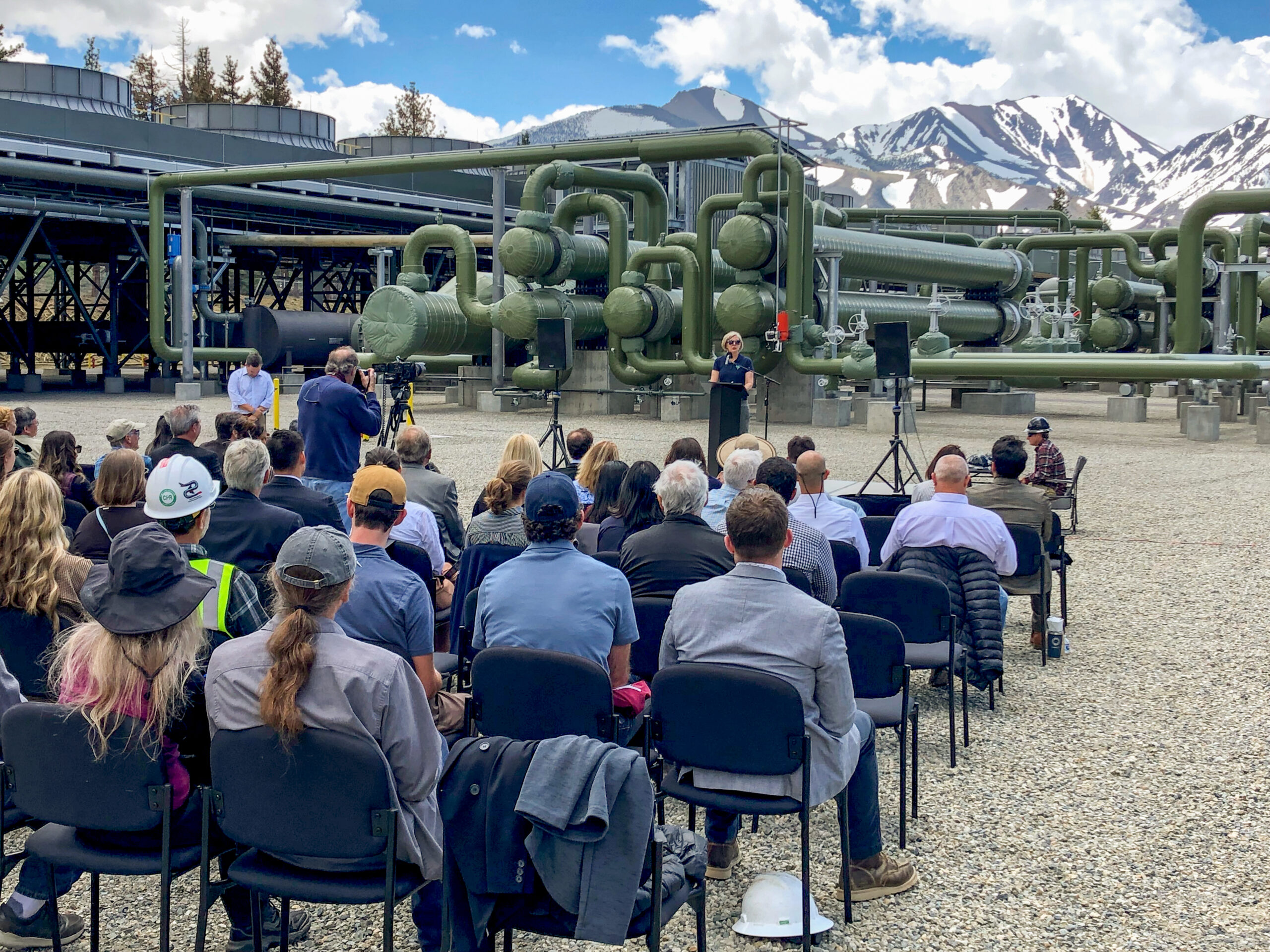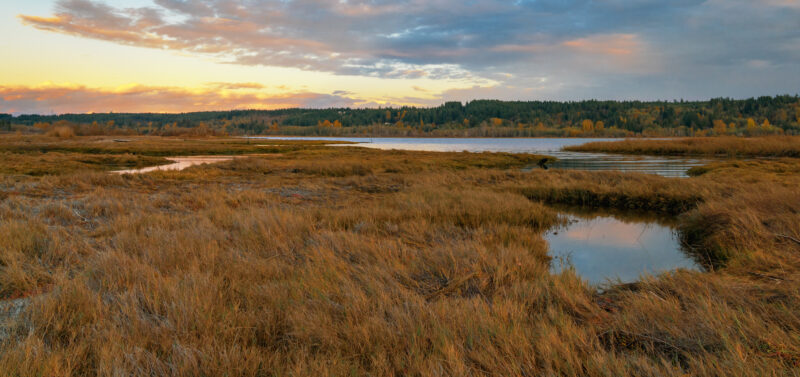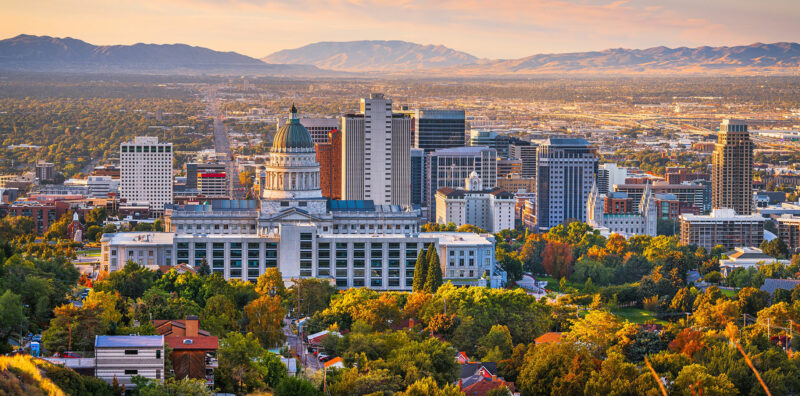The four proposed rules could amount to a substantial weakening of one of the United...

Casa Diablo IV Geothermal EIS/EIR
The Casa Diablo IV (CD4) Geothermal Development Project, located in the Long Valley Caldera, Mammoth Lakes, California, generates 30-megawatts of stable and reliable renewable energy to more than 20,000 residences 24 hours a day, while producing zero carbon emissions. This power source also sells its output to Community Choice Aggregators, Silicon Valley Clean Energy and Central Coast Community Energy—expanding capacity and the distribution of carbon-free, baseload power to participating communities.
Why does this project matter?
The project is located near sensitive environmental and recreational areas, including national forest lands, natural hot springs, and groundwater resources within the Mammoth Lakes basin, which necessitated thorough environmental review documentation that met the rigorous standards of lead agencies to approve its construction and commercial operation.
What is ESA doing to help?
ESA prepared a joint EIS/EIR and a subsequent Addendum, and Supplemental EIR for the CD4 geothermal powerplant and well field for review by the Bureau of Land Management, US Forest Service, and the Great Basin Unified Air Pollution Control District (GBUAPCD). ESA assessed concerns related to recreation, visual resources, biological and cultural resources, and the geothermal resource impacts for drilling of geothermal wells, installation of geothermal brine pipelines, and construction and operation of the power plant.
Preparation of the EIS/EIR required a multidisciplinary team capable of assessing complex technical issues and conducting sophisticated groundwater and geothermal reservoir modeling. Expert analysis included addressing air quality concerns related to fugitive motive-fluid emissions from power plant operations, and short-term construction-related emissions. The local municipal water district was actively engaged, and the NEPA/CEQA team addressed concerns regarding potential for production and injection into the geothermal reservoir to affect groundwater resources.
The EIS/EIR also addressed potential effects on unique desert wildlife and vegetation such as northern goshawk, Sierra marten, bats, and special-status plants, Jeffrey pine forest and sagebrush scrub, as well as mule deer migration. In addition, the EIS/EIR addressed the potential for geothermal production to alter related hydrologic features potentially affecting Owens tui chub habitat.
Inconsistencies with the visual quality objectives established by U.S. Forest Service (USFS) and BLM required coordination with the lead agencies and engagement with the local recreational community. Portions of the project area included a potential National Register Historic District, requiring development of an avoidance strategy and consultation with the California Office of Historic Preservation.
In addition to ongoing Owens tui chub monitoring, ESA is helping Ormat comply with annual groundwater monitoring reporting (GWMR) requirements, through annual data analysis and reporting to document monitoring activities and present results including trends of production and injection volumes, groundwater elevations, temperature, pressure, and the chemical constituents listed in the compliance plan.
Connect with our team

The Casa Diablo IV Geothermal Project required close coordination between lead agencies the Bureau of Land Management, US Forest Service, and the Great Basin Unified Air Pollution Control District. The plant opened and began operating in 2022.
News & Ideas
If finalized, the Waters of the United States Proposed Rule would reduce the geographic extent...
ESA’s federal strategy and NEPA experts have been staying abreast of the shifts in federal...
As we kick off 2026, our federal policy and permitting experts are hitting the road...
The following speech was delivered on November 7, 2025, in Salt Lake City, at The...
The commercial drone package delivery sector is growing rapidly, with multiple operators looking to gain...






